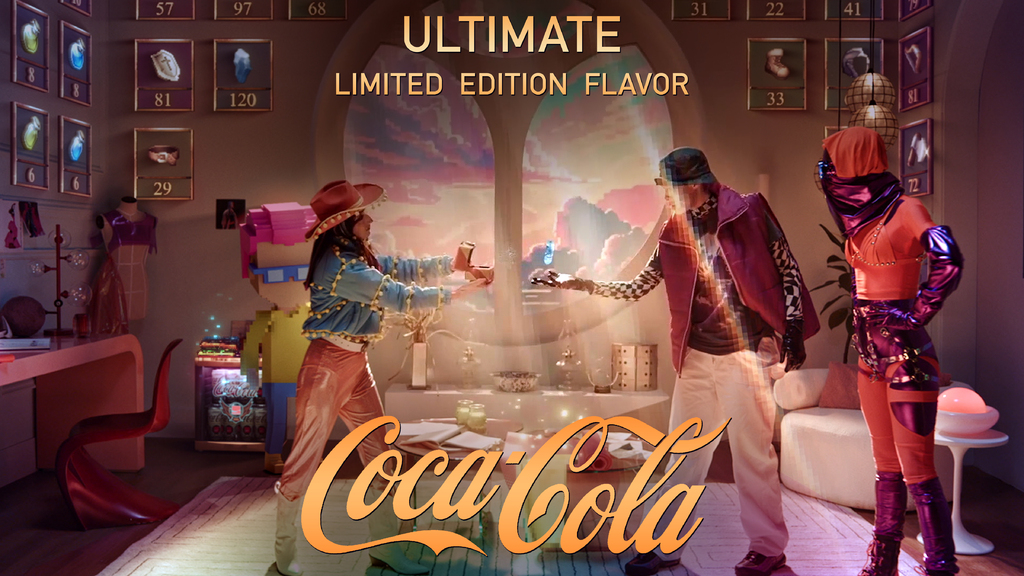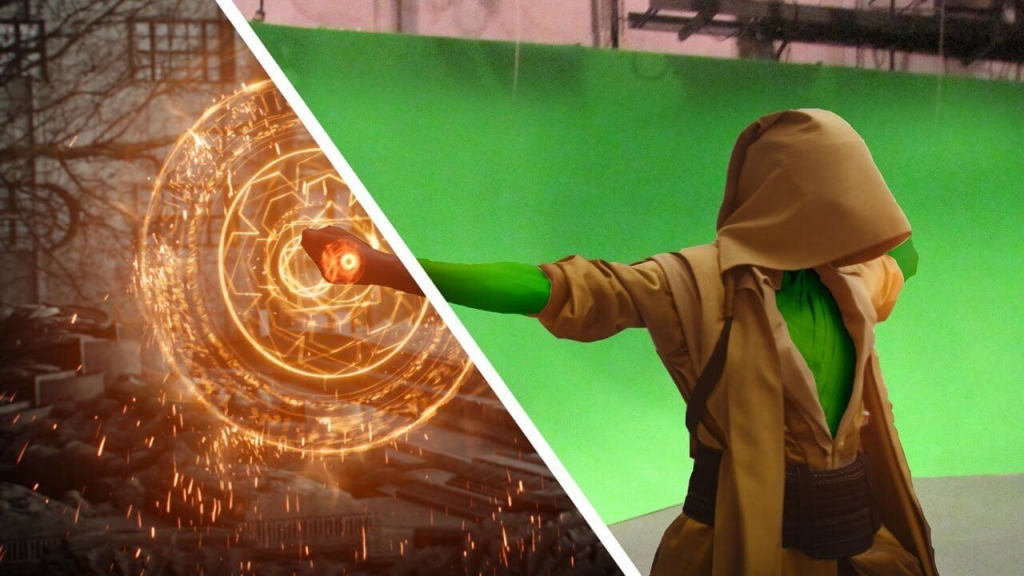Animation is an enchanting merger of art and technology, allowing storytellers to craft worlds beyond our imagination. This guide provides a deep dive into various animation methods and their applications in today's multimedia landscape.
Mastering the World of Animation: 10 Types of Animation Techniques
Evolution of Animation Techniques Over the Years
From primitive sketches on ancient cave walls to today's cutting-edge CGI creations, animation techniques have traversed a fascinating journey. Every new innovation, be it artistic or technological, offers animators more ways to tell engaging stories.
Diving Deep into 10 Types of Animation Techniques

Traditional Animation (Cel Animation):
Description: This technique involves hand-drawing every frame on transparent celluloid sheets.
Usage: Predominantly used in the early to mid-20th century for feature films, especially by studios like Disney. Examples include "Snow White" and "The Lion King."
Description: Digital tools allow the creation and manipulation of characters and scenes.
Usage: Common in web animations, advertising, and some TV shows. Flash animations and certain mobile games leverage this technique.
Description: Creates lifelike scenes and characters by adding depth, rendering them in three dimensions.
Usage: Widely used in modern films, video games, and virtual reality. Movies like "Avatar" and games like "Final Fantasy" series showcase its potential.
Stop Motion:
Description: Objects are physically manipulated and photographed frame by frame to simulate movement.
Usage: Films like "The Nightmare Before Christmas" and TV commercials often utilize this technique.
Clay Animation (Claymation):
Description: A subset of stop motion that involves sculpting clay figures.
Usage: Movies like "Chicken Run" and short films often employ Claymation for its unique texture and feel.
Puppet Animation:
Description: Hand or string-operated puppets are filmed in live-action sequences.
Usage: Films like "The Dark Crystal" or children's shows like "Thunderbirds" are classic examples.
Cut-out Animation:
Description: Involves animating cut-out paper figures against backgrounds.
Usage: Early animations, educational programs, and TV shows like "South Park" use this style.
Typography Animation:
Description: Words and letters play the main role, changing forms and positions to convey messages.
Usage: Widely used in lyric videos, advertisements, and educational videos to emphasize textual information.
Sand Animation:
Description: Artistic narratives are formed by manipulating sand on illuminated surfaces.
Usage: Live performances, talent shows, and some music videos harness this ephemeral and captivating technique.
Description: Artistic narratives are formed by manipulating sand on illuminated surfaces.
Usage: Often used in music videos, films, and commercials for a unique blend of reality and fantasy. Movies like "A Scanner Darkly" have used rotoscoping extensively.

Choosing the Perfect Animation Technique
The narrative's core, target audience, intended platform, and resources are all critical when selecting an animation technique. While some narratives demand the depth of traditional or 3D animations, others might benefit from the tactile authenticity of stop motion or Claymation.
Conclusion: The Infinite Horizons of Animation
Animation is not just a tool but an ever-evolving art form. With every technological advancement, new methods emerge, paving the way for future storytelling wonders.




